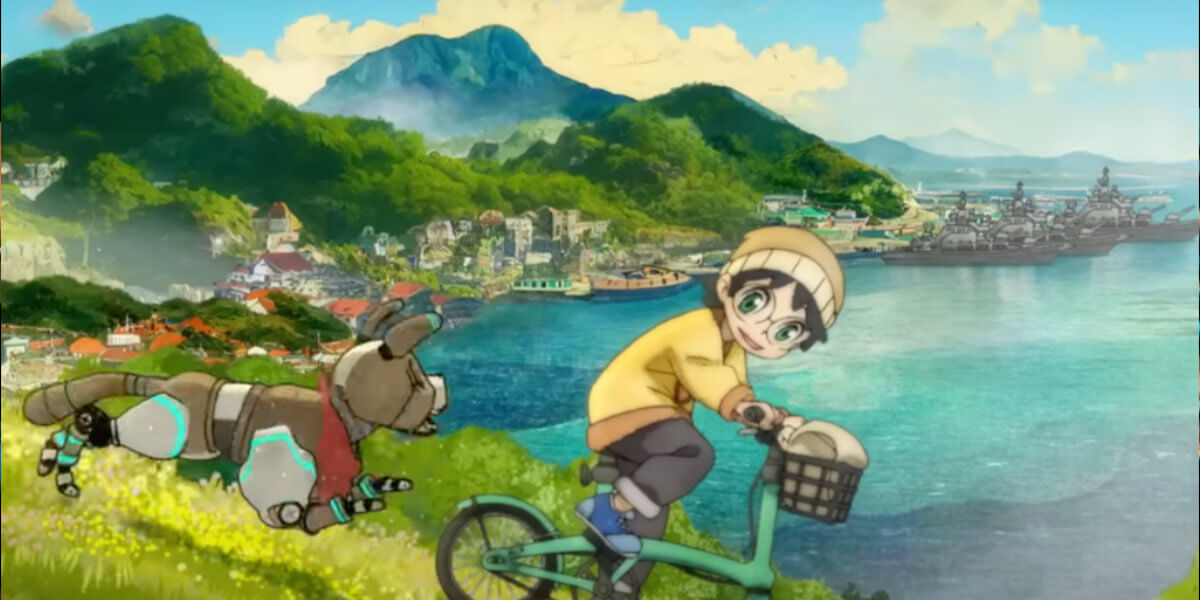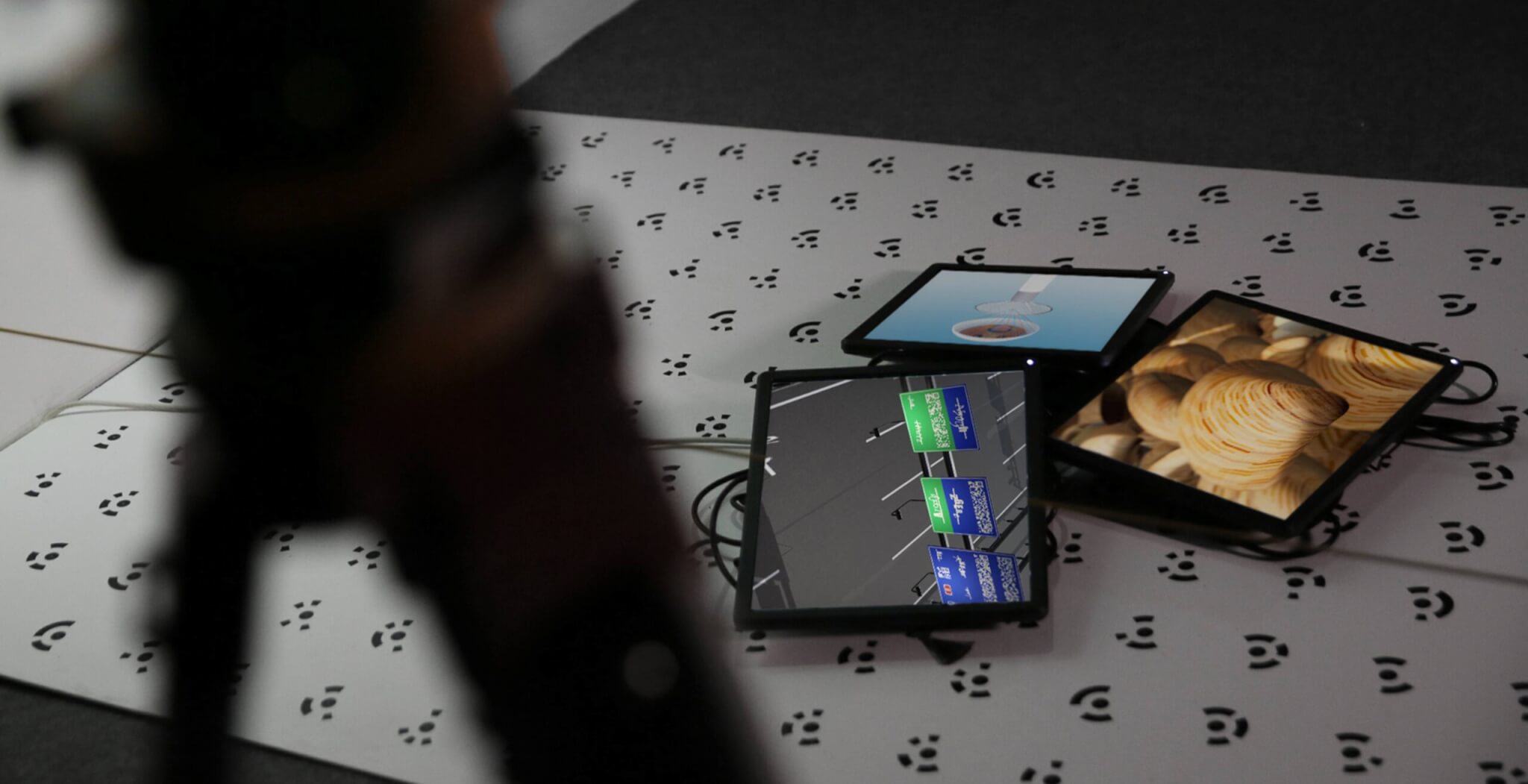A star-munching “Pac Man” in the southern sky. With calcium in its teeth and nitrogen in its DNA. Dreaming to leave the luminous body and start a new life on another planet. Onearth and Online collide in the Metaverse. A collective and virtual room decorated with intangible items. Looking up, you see the sprinkled void. A catalyst for our dystopian ideas and extra-terrestrial creatures. Tourism from earth to orbit, making life multiplanetary. You can morph off the planet with a dual identity. A false seduction underestimating the value of Earth. Some are dreaming of cities on Mars with plants growing by compressing the atmosphere. Developing starship vehicles with a guide for our planetary system. On the red planet, a new civilization shall emerge. Degenerated bones among the rocky landscapes. The Earth quivers while new spaces and identities arise.
Another strange brooch in the sky. In the early 20th century, scientists and engineers expanded concepts to travel to other planets. Konstantin Ziolkowski and Hermann Oberth developed the first rockets that were the basis for the later NASA missions. They inspired the film maker Fritz Lang to produce the silent movie “Woman in the moon”. The first Rocket Launch Site in Berlin launched. Later in the sixties, the book series “Perry Rhodan” invited us to travel through galaxies. Futuristic writings included the idea to explore more than one globe. Dying Earth and Space colonization evolved as sub-genres in science fiction. The imagination became reality, when 1961 Yuri Gagarin was the first human traveling in orbit. Concept art for the Mars Excursion Module, in a 1964 NASA proposal, look similar to what the big space companies of today envision. As we can see, since more than a century, the idea to leave the Earth is persistent. An attractive Phantasma to let the problems and destructions on Earth behind. Starting a new life.
It would take us 260 days to venture to Mars. Planets of other solar systems are not reachable within our lifetime. It will be an enormous task. Already putting something in geostationary orbit costs $30,000 per kg. It demands even more to achieve escape velocity flying to other destinations. Disposable adventures only for the super-rich. Mars is estimated to be colonized by 2050. With the glimmering goal to prevent human extinction. According to Life Science “Hellas Planitia“ would be the safest spot for first settlers.
Generating an optimistic scenario or another way to make money? In the equator, the temperature during daytime reaches more than 20 degrees Celsius. But in the Mars night without the sun, temperatures fall to unbearable levels. So the first thing, settlers have to establish, are the conditions for a thicker atmosphere. This process would take at least 100 years. To produce sufficient Mars oxygen, it would need 100.000 years more. In the foreseeable future, humans will have to live in closed capsules, for a long period of time. On Earth, the magnetosphere shields our cells and DNA from cosmic radiation. But on Mars harmful rays enter our bodies. It would require building settlements underground to protect us. Hiding inside Lava Tubes. Toxic regolith covers Mars, while the soil of Earth is filled with microorganisms, animals and plants. Nature here has evolved for hundreds of millions of years. With its own functions and adaptations. Not an easy task, to transform the Mars dust into a productive soil. Humans seeing themselves as superior. It might be a misleading arrogance to mean that we are faster and better than Earth.
Private astronauts took off with the dragon spaceship last year. “You don’t need to be an astronaut to go to space,” says Danielle Bernstein, co-lead of the Aerospace Corporation’s Space Safety Institute. Paying in advance, 55 million dollar for one commercial flight chartered by Axiom Space Station. To spend just about a week as a weightless blob in zero gravity. The purpose of the trip is questionable. With Space Tourists instead of scientists. Deeper knowledge replaced by self-marketing of billionaires. Rich infants showing us their toys. Being able to buy nearly anything – conflates with their belief – that they can do whatever they want. Money poured into a new world, before repairing the old one. Tangled up in the future of Ares, forgetting about the present environment. Maybe it is easier for us to romanticize the idea of living on a new planet than restoring what is left on ours?
Investing in escapism of the super-rich or in the better knowledge of Earth. Matthias Maurer is an astronaut and technician for Spaceship EAC over 10 years. His first time looking through the porthole, he was touched to see the earth from space. With an atmosphere around like perfume. Is leaving the Earth the right focus? Admitting pollution in the stratosphere. The emitted chlorine from rocket motors destroying the ozone layer. A higher number of space missions can increase the negative impacts on climate and life. Mars missions are the “final frontier” for the space race. Is this justified? While many lives don´t even have access to water, food or health care. Not to mention how education could change many lives.
A lot of people don´t have the privilege to worry about an extinction. Humans keep launching into any space, grasping for more recourses and ownership. Meanwhile others are losing their lives due to human made decisions. Leading to natural disasters and injustice. But it is up to us, to open our senses for the world and explore the multiverses of nature. Abandoning our preposterous loudness to hear again. More than 95% percent of the ocean life is waiting to be discovered and understood. Your nostrils flutter. Taking another breath thanks to the jelly green algae. Spaced out in a vast area. Providing us with oxygen right now. Where life begins and should continue. The purpose matters, alone or together in the universe. There is no planet B.



























